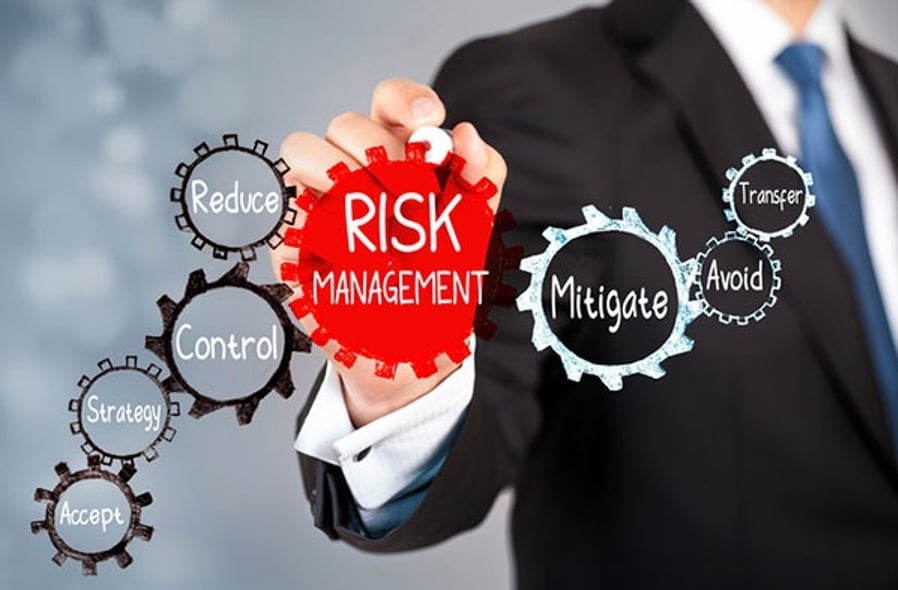
In the modern world economy, a supply chain is the backbone of any business. It facilitates the smooth flow of goods and services for firms to meet consumers’ demands efficiently. Natural disasters and geopolitical instability are risk factors threatening the supply chain. Risk mitigation strategies are critical in making a solid supply chain that faces disruption. This blog considers some vital strategies for mitigating risks in procurement to ensure the resilience and dependability of the supply chain:
Key Risk Mitigation Strategies
Diversify suppliers
Over-reliance on one supplier is very dangerous. Reduced reliance on one supplier due to diversification spreads out the risk, and many relationships give assurance that if some have an issue, others can pick up the tab. This diversification shall be replicated across the geographical locations to minimize regional risks.
Implement Robust Supplier Assessment
Regularly assess suppliers based on their financial stability, reliability, and compliance with quality standards. Implementing a thorough vetting process before onboarding suppliers can prevent future disruptions. Continuous monitoring of suppliers’ performance helps identify potential risks early.
Develop a Contingency Plan
The key to dealing with any unexpected disruption lies in a comprehensive contingency measure plan that includes alternative suppliers, logistical solutions, and communication strategies for continuity. The contingency plan, in its being, is updated regularly and tested to prove its effectiveness in the event of a real-time situation.
Leverage Technology
Advanced technologies like artificial intelligence and machine learning can help enhance risk detection and management. The technology can process large amounts of data to detect emerging trends and produce forecasts regarding potential risks. Gibson Consulting will help with procurement automation that improves the efficiency of processes while minimizing human error.
Improve Cybersecurity Measures
The supply chain’s digital infrastructure should be highly secured. Develop effective cybersecurity measures, including encryption firewalls, and regularly review them for security. Train the employees about cyber threats and how to act if something occurs.
Maintain Strategic Inventory Levels
Furthermore, keeping strategic inventory reserves may enable companies to absorb some of the worst shocks in their supply chain. Such strategic inventory balancing would be critical since excessively high inventory levels entail expensive carrying costs. Combining a JIT inventory management model with some safety stock provides flexibility without binding too much capital.
Foster Strong Supplier Relationships
Such good collaborative relations with suppliers can result in better lines of communication and faster resolution to any problem. Long-term partnerships with suppliers may also yield more favorable terms and improved reliability. Key elements of strong supplier relations include mutual trust and regular communication.
In a globalized world, procurement risk management would acquire vital importance for the resilience of any supply chain. Maintaining proper diversification of the suppliers coupled with dependency on information and communication technology and protection from cyber perils while nurturing good relationships with your suppliers can also mitigate these risks. Continuous monitoring of supply chains and proactive planning for possible outcomes has become equivalent to embracing innovativeness. These strategies ensure continuity in business and, at the same time, make the entire supply chain more robust and more resilient to handle future disruptions.
Discover more from Market Business News
Subscribe to get the latest posts sent to your email.

